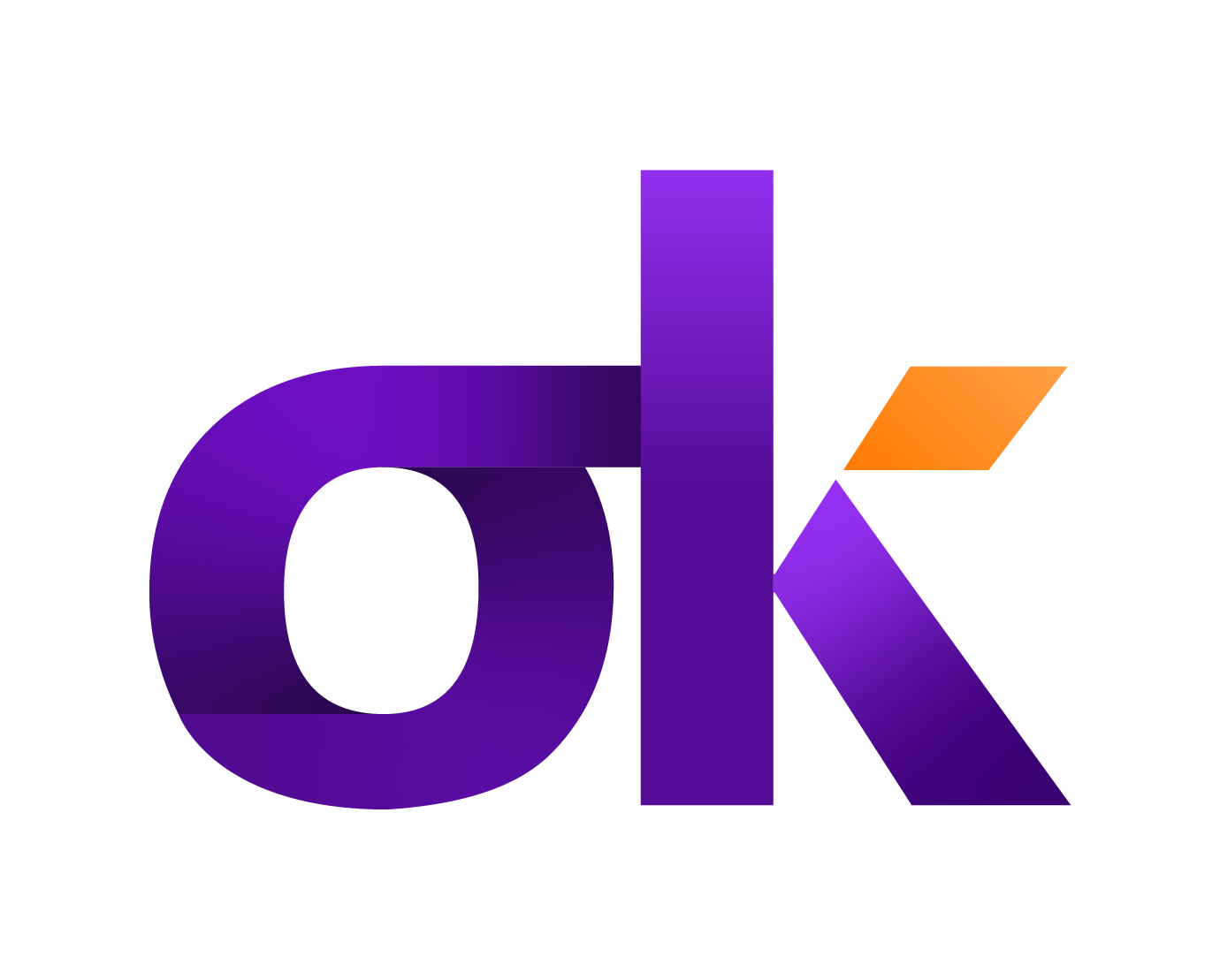How to measure digital marketing ROI using smart data
- Sherlok

- 3 days ago
- 3 min read

Measuring ROI has never been a challenge due to a lack of numbers, but rather a lack of clarity. Most companies collect data, but few manage to transform that data into strategic decisions. The problem isn't measuring "how many clicks," but rather what value each dollar invested is generating for the business.
According to a HubSpot survey, 64% of marketing professionals cannot prove the direct impact of their actions on revenue. This happens because the data is disconnected between departments, which prevents a complete view of the customer journey, from advertisement to revenue.
What is marketing ROI (in practice)?
ROI (Return on Investment) is the return generated on the investment made. It seems simple, but measuring ROI without integration between marketing, sales, and finance is like trying to assemble a puzzle with pieces that belong to different boxes.
The classic formula remains valid: ROI = (Revenue generated - Investment) ÷ Investment
But it only works when the company can track the real origin of the revenue. Marketing campaigns cannot be evaluated in isolation: they must be connected to the pipeline, conversions, and, most importantly, the final financial result.
The most common mistake: analyzing vanity metrics
Likes, impressions, and clicks are useful indicators, but they don't tell the whole story. What really matters is:
Cost per acquired customer
Conversion time
Average customer value originated by marketing
Retention after the first sale
Without this connected data, ROI becomes guesswork. A Gartner study showed that companies that only analyze superficial metrics spend up to 28% more on media without a proportional return, because they optimize the wrong channels.
How intelligent data changes the game
When marketing, CRM, and financial data are integrated, the analysis ceases to be "how many leads" and becomes "which channel actually brings profit." The immediate benefits are:
✔ Identify campaigns that generate more profitable customers
✔ Reduce waste in paid media
✔ Adjust the customer journey according to real customer behavior
✔ Know where to invest — with data, not just intuition
This is what we call intelligent ROI: one that not only explains the past but guides the next step.
Real-time ROI: the power of alerts and insights
With intelligent data, you no longer have to wait until the end of the month to find out if the campaign was successful. Decision-making becomes a continuous process.
AI-powered tools can:
Detect performance drops in real time
Correlate marketing efforts with impact on the pipeline
Prioritize channels with the highest return
Alert you before losses occur
According to McKinsey, companies that operate with continuous insights increase their return on marketing by up to 45%, because they adjust their course with agility.
Where Sherlok fits into this transformation
Sherlok was created to democratize this level of intelligence, connecting marketing, sales, and finance in a single environment. It not only shows results but helps you understand why they happened and what action to take next.
The platform's proposition is clear: fewer dashboards, more decisions. With integrated data and AI applied to analysis, ROI ceases to be a static number and becomes a strategic engine that guides growth.
Learn about our work!
Measuring digital marketing ROI is not about reports, it's about operational clarity. Those who connect data, understand behavior, and react quickly increase competitiveness and reduce waste. The future of intelligent marketing is not in more metrics, but in using the right data to make the right decisions.
👉 Sherlok is in the final stages of development.
If you want to be one of the first to test the platform and measure ROI with real intelligence, join the waiting list and guarantee early access.







Comments